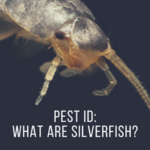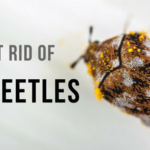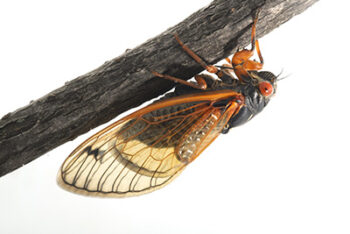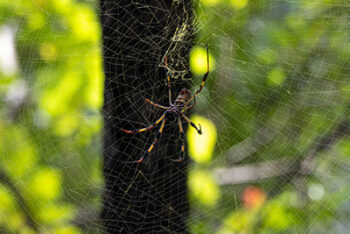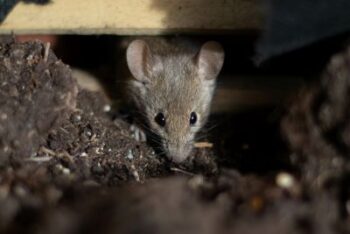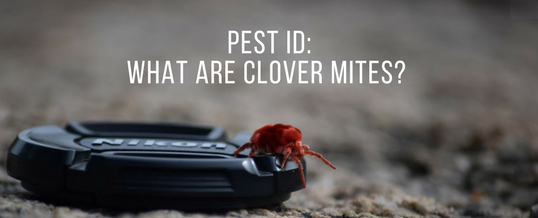
While their name resembles that of luck, there’s nothing lucky about finding clover mites in your home. These tiny insects can quickly become a big nuisance when discovered indoors. Learn more about what makes these little insects tick and how to avoid them.
What Are Clover Mites?
Clover mites are oval-shaped, dark reddish-brown pests smaller than a pinhead. They have eight tiny legs with two front legs longer than the other six legs. Their long legs are often confused as the mite’s antennae.
Clover mites prefer cooler weather leading to a peak in activity during the spring and fall months. As temperatures drop, you’ll find them sucking plant juices from clover, well-fertilized lawns, and a variety other plant species. Clover mites are also common on patios or rooftops where they feast on molds or mildew.
Before the summer months arrive, they lay their eggs and fall into a dormant state between May and September. Any eggs laid in the fall will overwinter and hatch in the spring. They often position their eggs in cracks or crevices on the exterior of a home or between walls. This can become a huge hassle for homeowners when they hatch.
Are Clover Mites Harmful to Humans or Property?
Clover mites are not dangerous to humans and do not feed on your blood like other mite species. They aren’t a significant threat to home structures, but can quickly become a nuisance when they invade a home.
When smashed, adult clover mites leave behind a red stain due to the mite’s body pigments (not their blood). Stains are common on wallpaper, curtains, rugs, or other light colored furniture. If you find clover mites in your home, vacuum them up to avoid squishing them and staining your belongings.
How Do I Prevent Clover Mites?
Clover mites are not a long-term infestation, but infestation problems can occur during their active months in the spring and fall. Use these tips to prevent clover mites from entering your home.
- Clover mites are attracted to well-fertilized lawns. While you want your lawn to look great, ease up in the spring and fall, or when clover mites are present, to avoid an infestation.
- Seal holes, cracks, and gaps around windows, doors, siding, and the foundation. Clover mites can get into the tiniest cracks, especially on the south and southwestern side of buildings.
- Repair window screens with holes or loose fittings.
- Check for openings in the attic. Clover mites can climb siding and enter through openings above.
- Trim thick shrubs, grass, and weeds away from your home in the spring and fall. Overgrown vegetation creates a perfect environment for a clover mite infestation and may offer easier entry into the home.
How Can I Get Rid of Clover Mites?
If you spot reddish-colored clover mites crawling near windowsills and siding on the sunny side of your home, you may have an infestation. While clover mites are seasonal, an infestation could prove difficult to remove.
It’s recommended to contact your local pest control experts to perform an inspection and prepare a plan for clover mite control. They can recommend safe, effective solutions to reduce or eliminate your clover mite problem.
If you’re experiencing a clover mite problem in your home, call the experts at Inman-Murphy Termite and Pest Control for a professional inspection. We’ll offer a thorough analysis of the pest issue and offer safe and effective solutions to get the job done right. Request a free estimate today.

